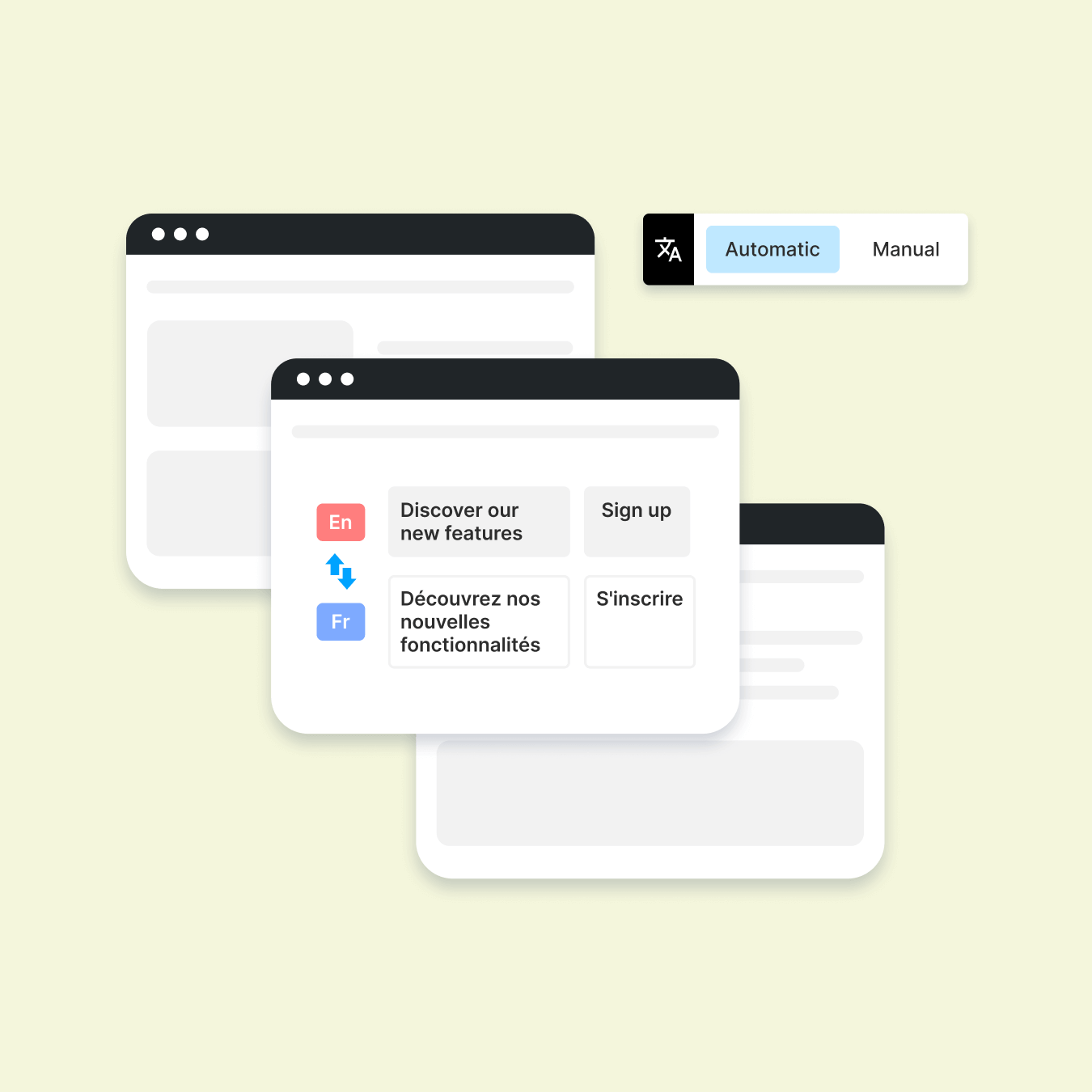
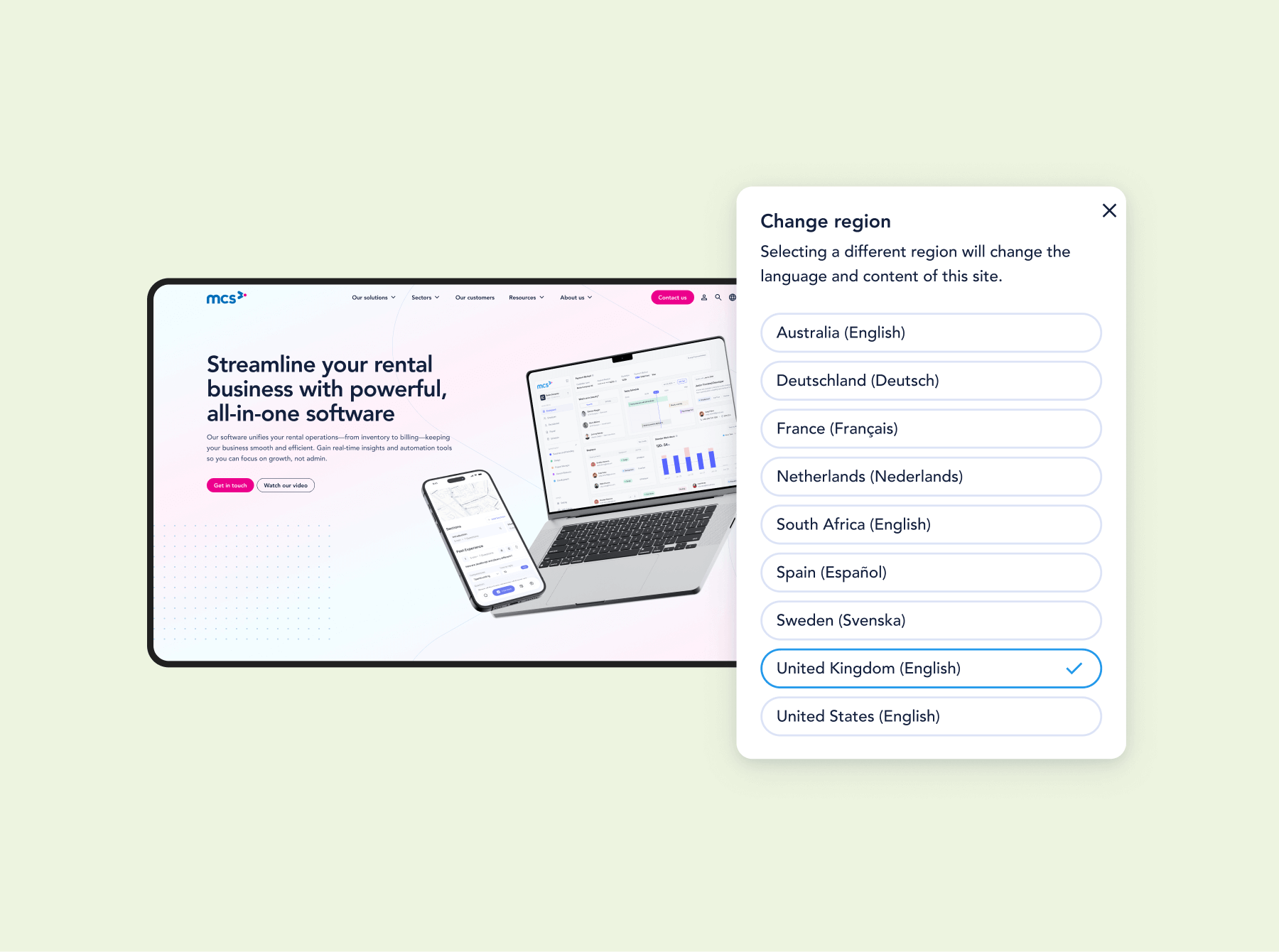
Reach global audiences with multilingual WordPress websites


At Filter, we help businesses connect with customers globally through multilingual WordPress solutions. By seamlessly integrating multilingual capability into your WordPress site, we ensure your message is clear, relevant and engaging – no matter where your audience is based.
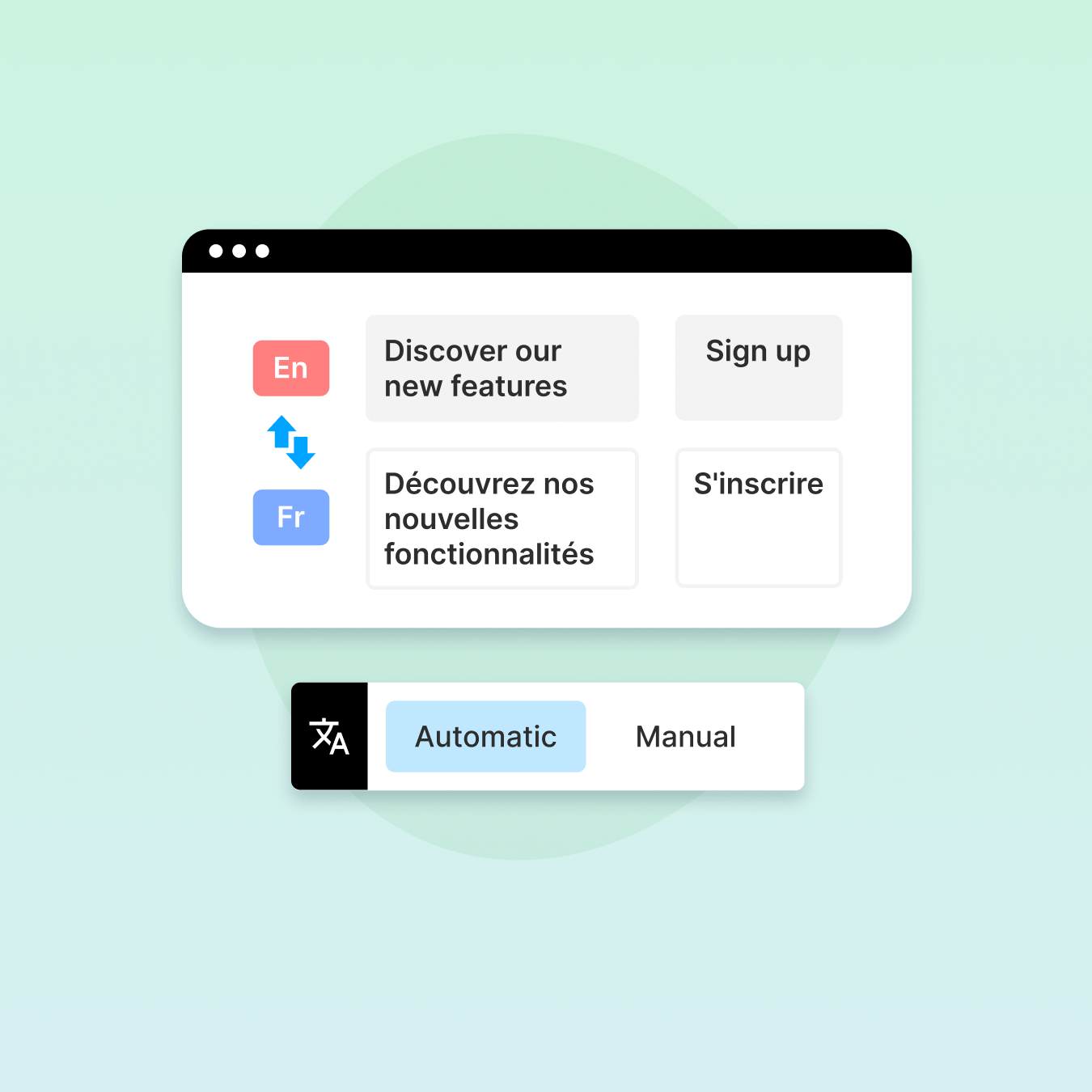
We create custom multilingual WordPress websites designed specifically to resonate with global audiences. Our approach ensures region-specific content delivery, intuitive language selection, and seamless user experiences that enhance engagement and accessibility.
We specialise in integrating leading multilingual solutions such as WPML, MultilingualPress and WeGlot. Our team ensures flawless implementation, enabling easy content translation, streamlined multilingual management and a frictionless user experience across multiple languages.
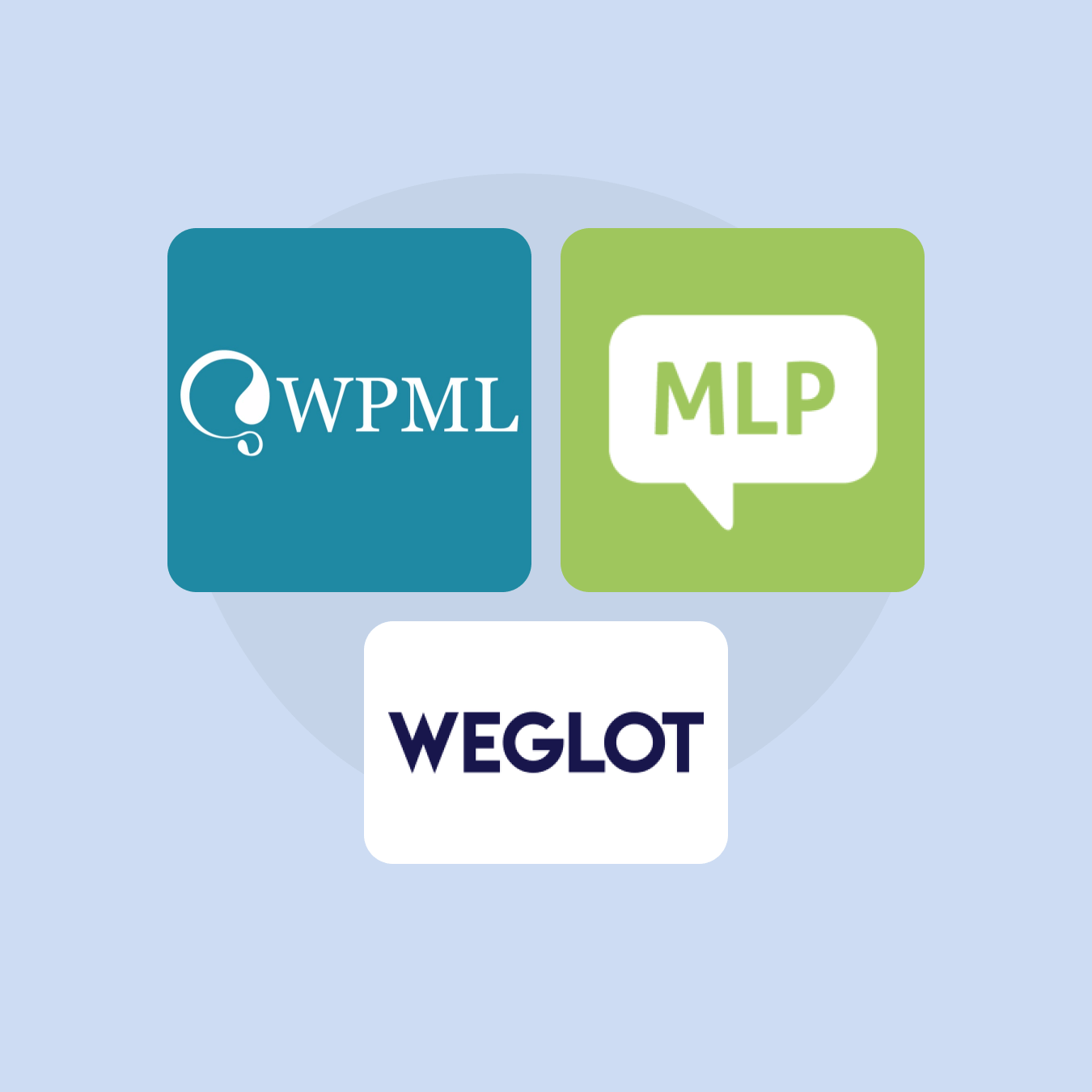
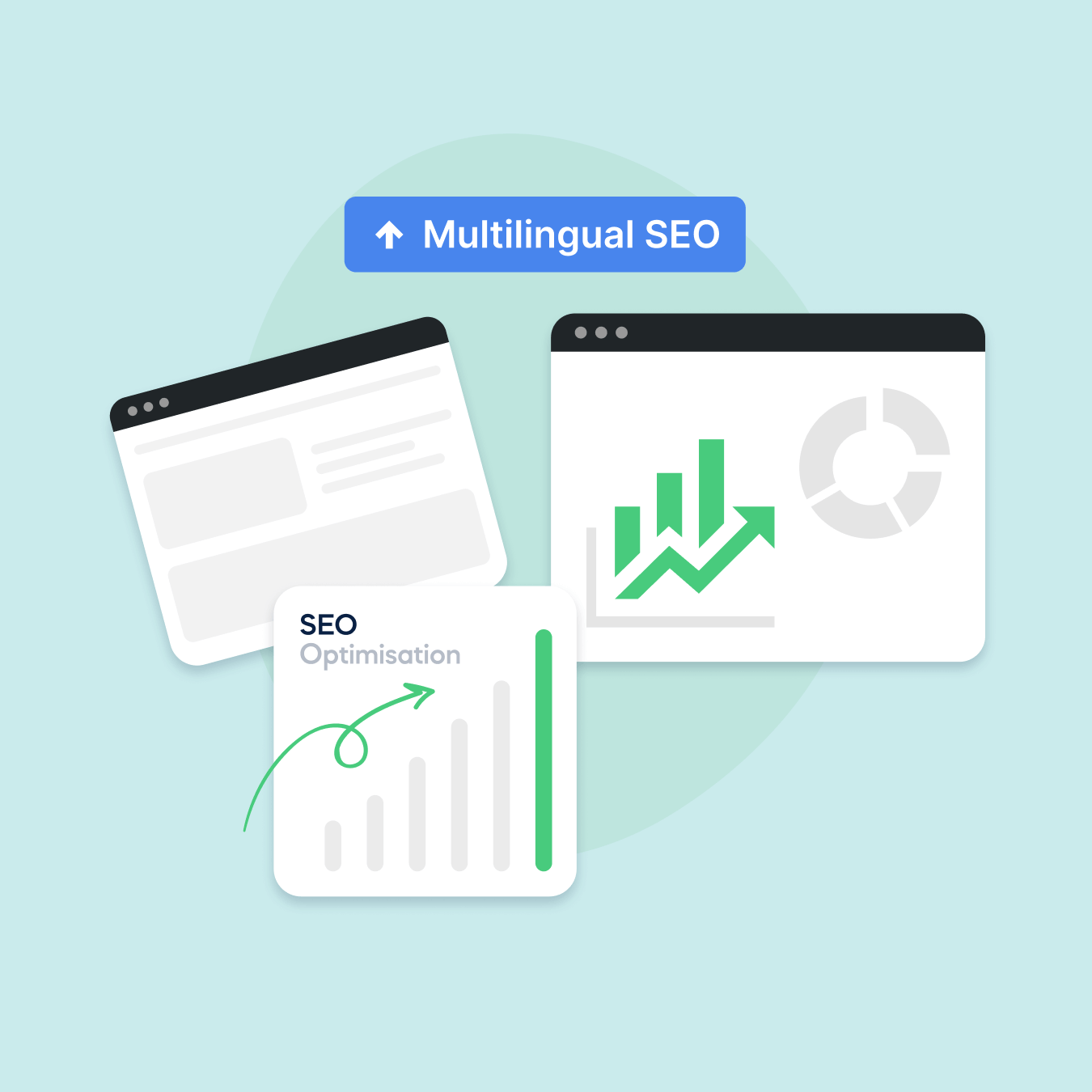
We ensure your multilingual website is optimised for maximum visibility in regional search engines. Our partner-provided multilingual SEO strategy covers language-specific keyword targeting, localised metadata, URL structures and technical optimisation, increasing your global reach and organic performance.
Designing for multiple languages means thinking beyond translation. We design interfaces that adapt to different text lengths, character sets, and reading directions – without compromising usability or layout integrity. From language switchers to region-specific components, we ensure your multilingual site remains consistent, accessible and user-friendly across every market.


Get in touch to discuss how Filter can help your business effectively connect, engage, and convert international audiences.
We’d love to hear about your WordPress project.
"*" indicates required fields
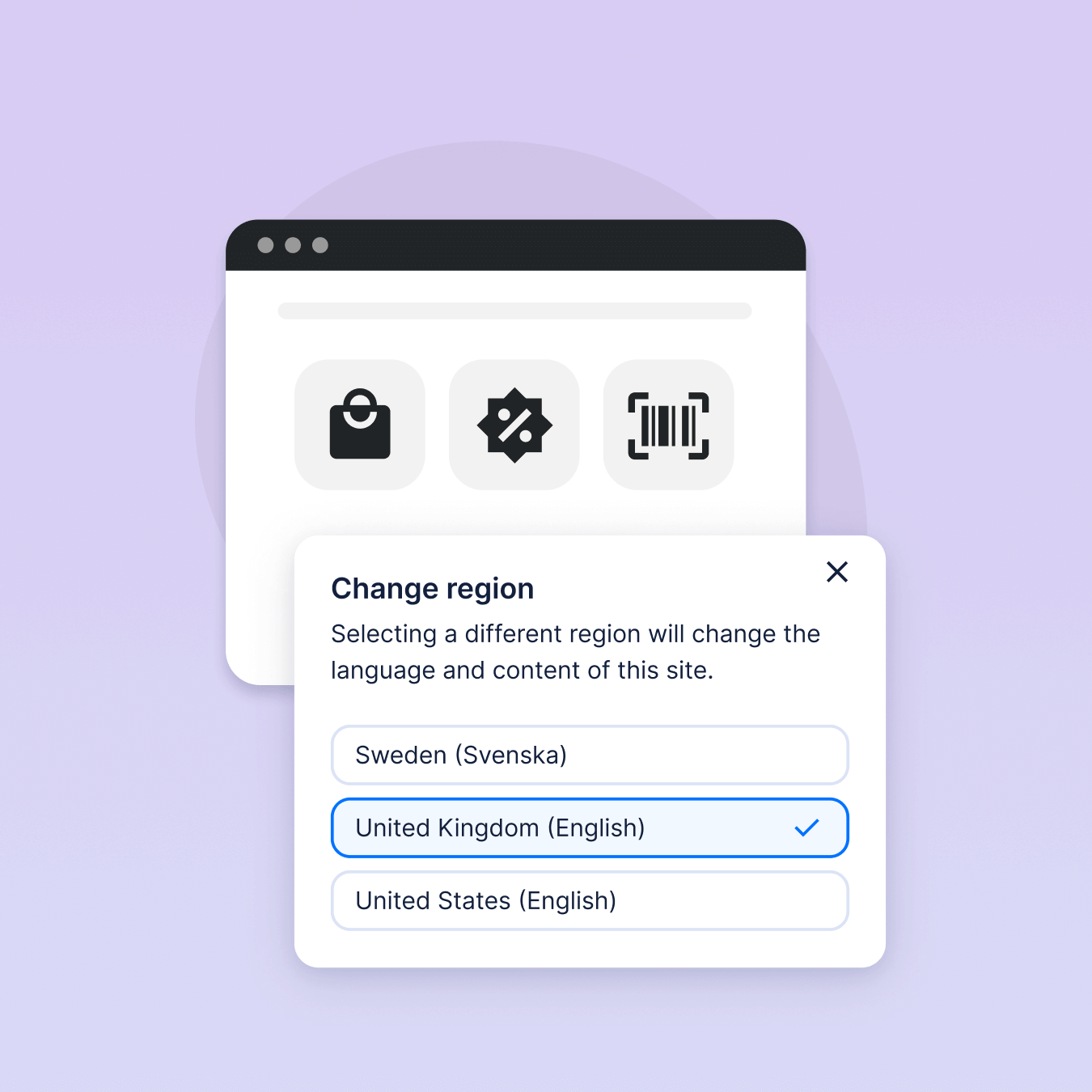
We can extend WooCommerce to deliver fully multilingual online shopping experiences, with localised product information, currency conversion, region-specific payment gateways, and checkout optimisation. Our understanding of what works for different audiences will help to maximise conversions and customer satisfaction across global markets.
We can help you to ensure your multilingual site is discoverable in every target market. This includes providing partner SEO services to assist with localised keyword research, region-specific metadata and structured URLs. We also address common multilingual SEO challenges and implement the correct use of hreflang tags ensuring your site performs well in regional search engines.
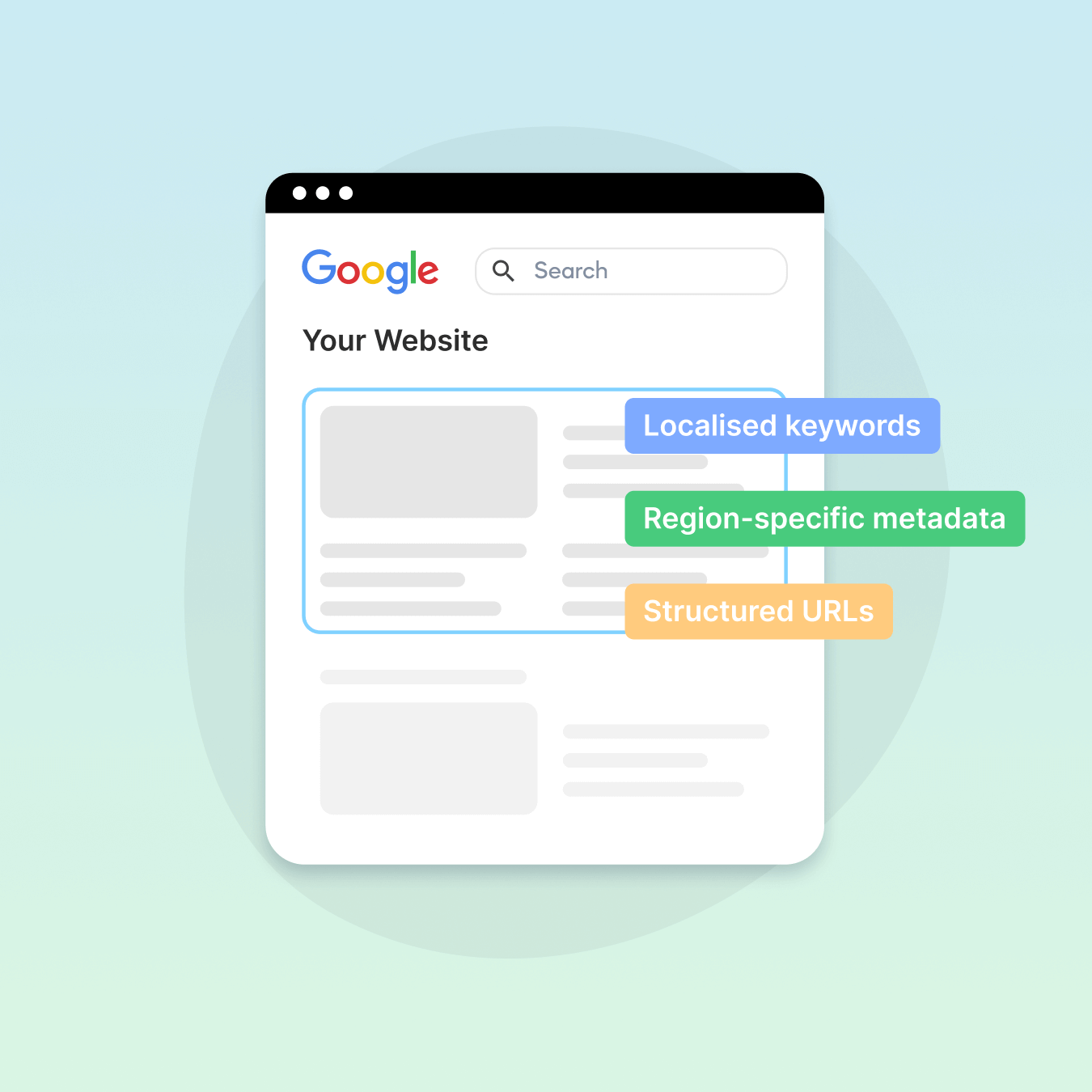
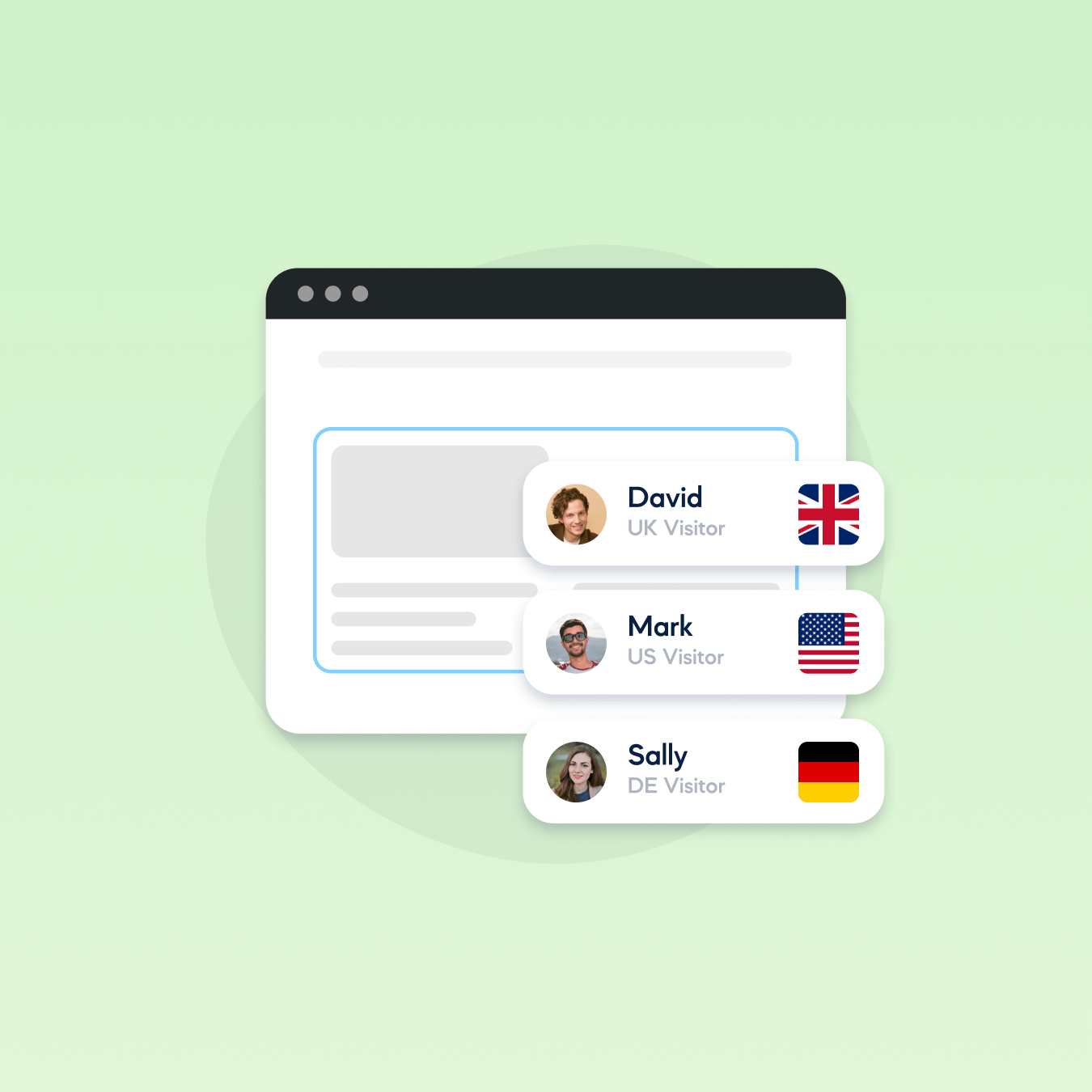
Utilising our WordPress plugin, PersonalizeWP, we can deliver targeted multilingual experiences based on visitor location, behaviour, and preferences. This ensures your international visitors see content that is relevant, engaging and optimised for their location and language.
We can implement workflows for you in WordPress to help manage multilingual content, facilitating easier collaboration among translators, editors and content teams. This will allow you to develop your own process for checking and signing off content before it is published, regardless of the language chosen.
